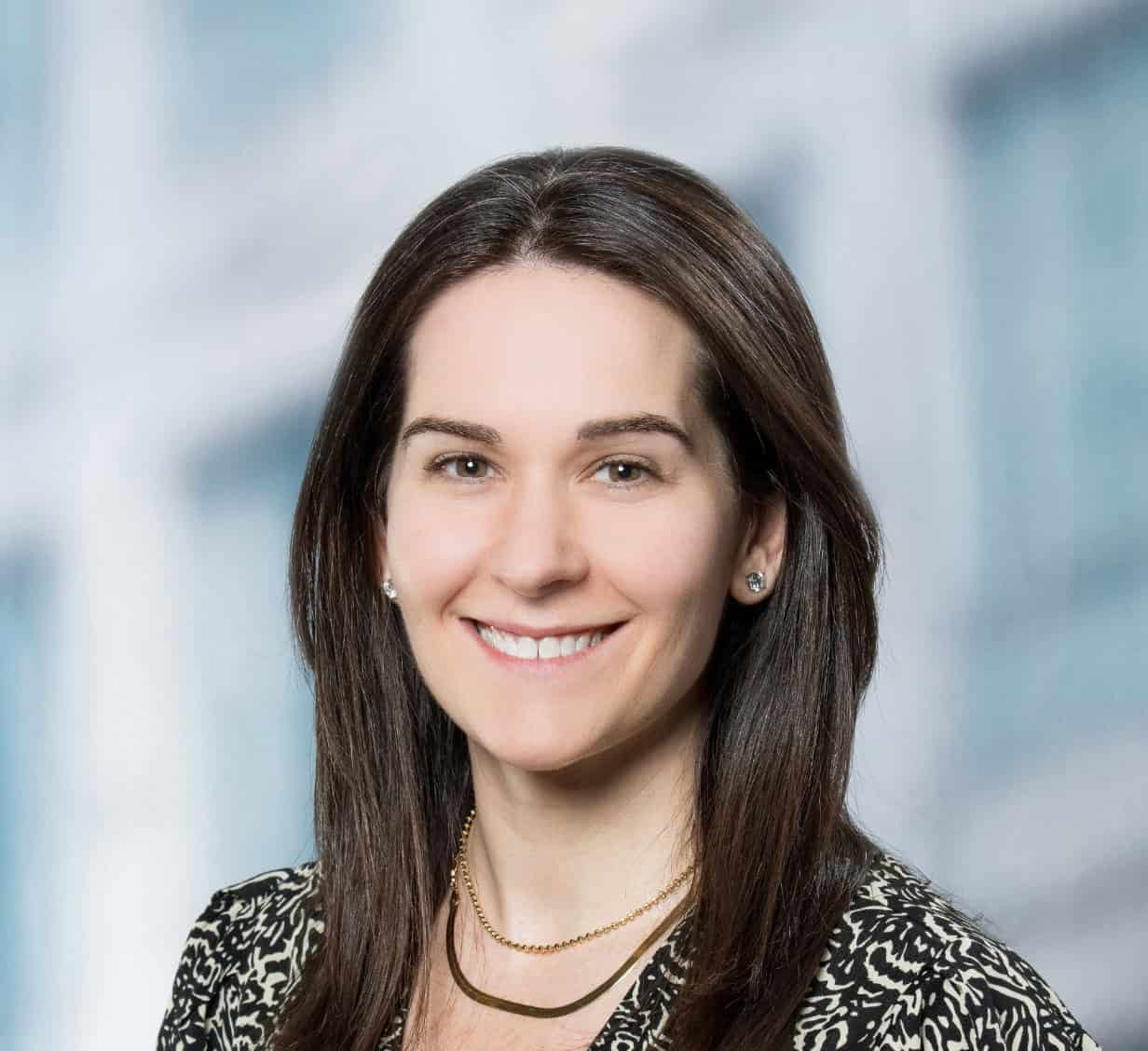At home Transaction banking
Lori Schwartz, Global Head of Liquidity & Account Solutions and Digital & Design at JP Morgan Payments, discusses driving innovation within corporate treasury with Global Finance.
G.F: How has artificial intelligence impacted your organization’s performance over the past year?
Lori Schwartz: We are looking for ways to leverage the power of such technology to simplify our internal processes and make them more efficient.
We have large amounts of extremely rich data that, together with AI, can drive better insights and help us improve the way we manage risk and serve our customers. For example, our data solutions help transform a customer’s data into actionable insights, while helping them navigate rapidly changing economic environments with confidence. With Forecasting through Treasurer Insights, customers can improve cash flow accuracy, increase returns on cash availability, and discover previously unseen patterns through advanced technology including AI and machine learning.
Overall, there is huge potential with technology and how creatively we can deploy our efforts in a targeted way.
Has the investment ratio between keeping the lights on and innovation changed? Why?
As far as the investment ratio is concerned, nothing has changed drastically. We have always been committed to the cause of technology and we continue to be a leader at several levels, leading by example in the industry.
We also evolve with our customers, and we are fortunate to continue to do the right things on their behalf, with the sponsorship and support to drive forward our ambitious technology investment agenda.
G.F: What is the most misunderstood about having an innovation within the treasury?
Schwartz: A big misunderstanding is that innovation is only about technology. Innovation is more than improving your technology suite or rebuilding your platforms, such as treasury management systems, enterprise resource planning or banking connectivity. It’s also about transforming your process and approach to the way things are run within an organization. It’s about creating efficiencies, changing mindsets and redesigning to maximize profits.
Collaboration is crucial for managing inefficient processes through innovation. Treasurers who take a long-term approach to technology development and work with technology and innovation teams can have a major impact on business efficiency. With a seat at the table, treasurers can use their financial expertise to advise on technology and cash flow in a way that creates operational efficiencies and saves costs.
G.F: What are the most common innovation-related pitfalls that organizations should avoid?
Schwartz: Some pitfalls that can hinder innovation include not having strategic alignment with key stakeholders, unclear or unvalidated customer benefits, lack of priorities, and a lack of long-term commitment to the program and resources needed.
G.F: How have you changed your approach to innovation since you started in your role?
In this role I have learned that innovation is not just about the next breakthrough idea or opportunity. It’s as much about the path or journey to innovation, changing the way we think about solving problems for our customers. For example, if we show problems from the customer or user perspective, the way we solve problems with existing capabilities will fundamentally change. The outcome will almost always be an innovative solution. Also critical to the innovation process is talking to our customers about their biggest challenges and trying to understand an experience from their point of view.
G.F: Does your team “move fast and break things?” If not, how does it deal with innovation?
Schwartz: Acting quickly is relative, but involves coordination and buy-in between critical stakeholders and teams. The most important thing is to prioritize relentlessly and continuously. Competing priorities will test most major projects. Innovation requires extreme prioritization and dedication. Instead of ‘breaking things’, we focus on driving modernization across the ecosystem.
G.F: What was the most important lesson you learned during your tenure?
Schwartz: Some important lessons I learned are:
You can’t throw design on top of development; it must be deeply anchored in the fabric of the organization.
Our Digital Channels strategy in my Digital & Design portfolio must be omnichannel, driving the data and architecture strategy and approach. This gives our customers the opportunity to work with our solutions digitally. Whether we are at a terminal, mobile on the road or dependent on machine-to-machine transactions, we can deliver what customers are looking for.
G.F: How have the skills needed within corporate treasury changed since you started?
Schwartz: The corporate treasury function has evolved from the back office function to leading transformations from within their organizations. They are at the forefront of driving change, whether it is strategic planning for long-term business objectives, expansion plans or even the execution of the innovation agenda.
Treasurers are smart and use technology to solve everyday needs, such as bank-independent reporting, virtual accounts and real-time liquidity. This frees up their time and resources to focus on strategic projects and initiatives.
Treasurers not only become technology experts within their roles, but they are also key agents of change and collaboration. Given the digital transformation that treasury is undergoing, collaboration between departments to achieve effective results is increasing. Treasurers can create value by speaking the language of their colleagues across the company and leading with influence.
G.F: How will your position change over the next five to ten years?
Schwartz: With an increased focus on innovation in the sector, we will continue to expand our capabilities and solutions to empower our customers.
Continuous investment in areas such as technology and expertise has allowed us to consistently build on our offering over the years.
As a team, we strive to continuously raise the bar in terms of quality. We want to ensure that we meet and guide our clients every step of the way through market movements and their evolutionary paths.




















